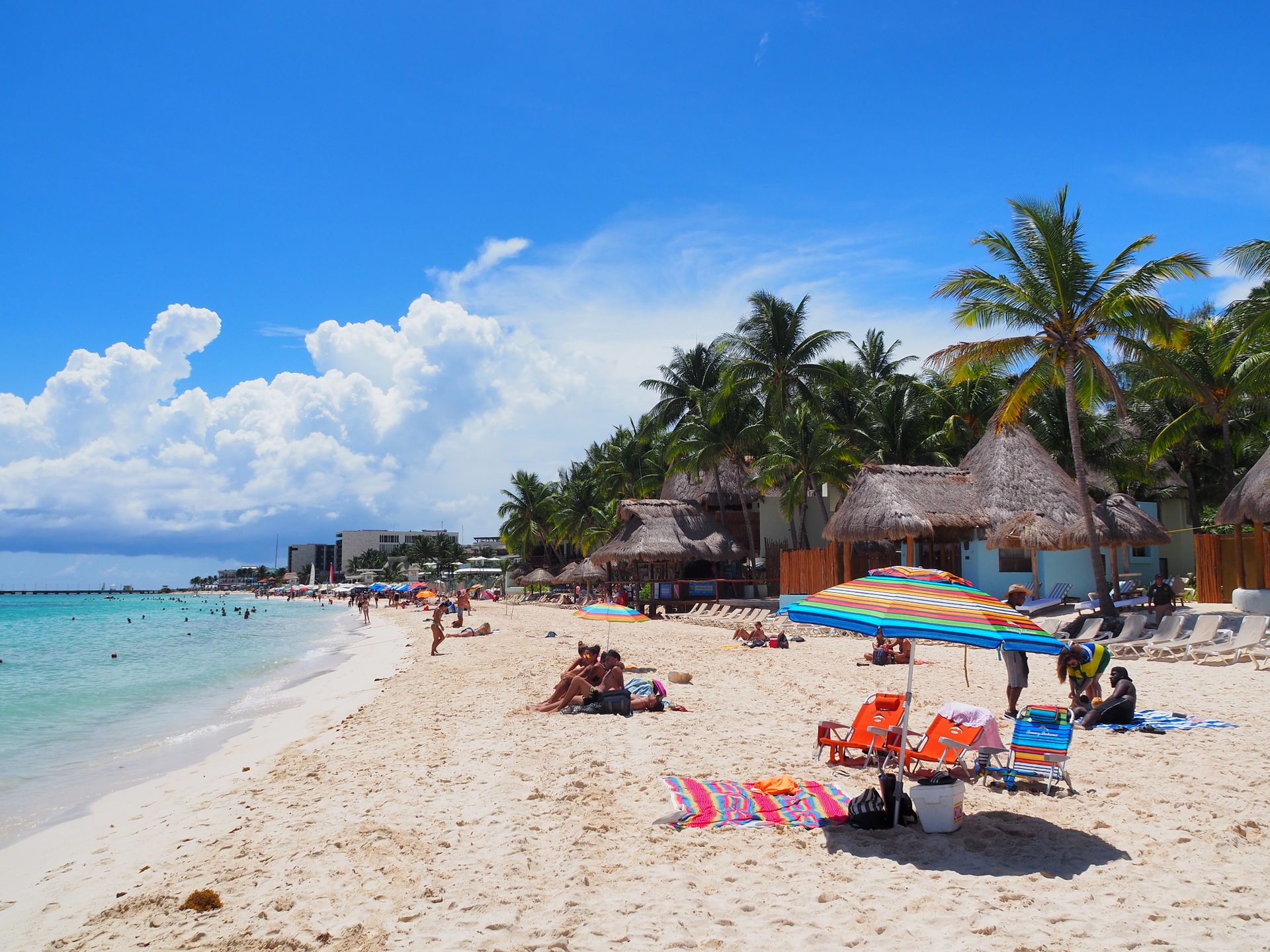
Auszeit - Reise Richtung Osten
vakantio.de/auszeit-reise-richtung-osten
Former capital of Japan: Nara
வெளியிடப்பட்டது: 26.07.2019
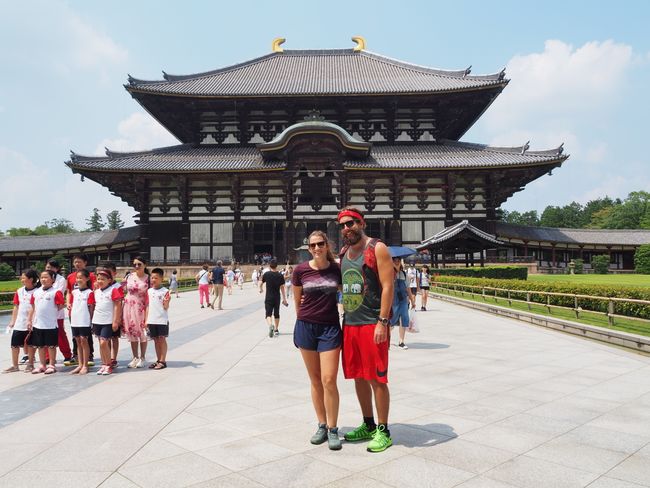
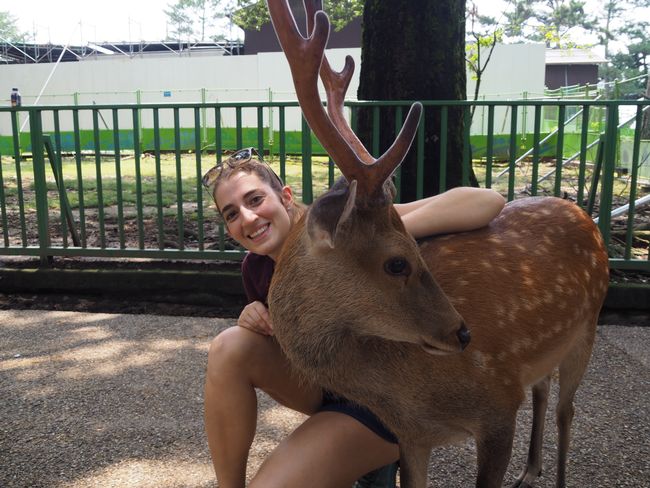
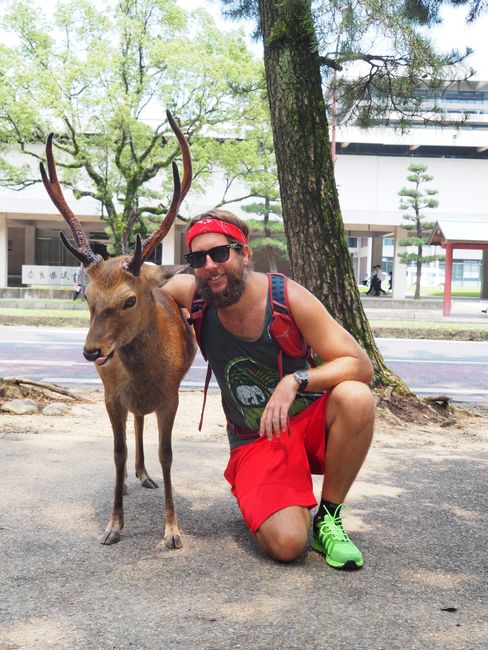
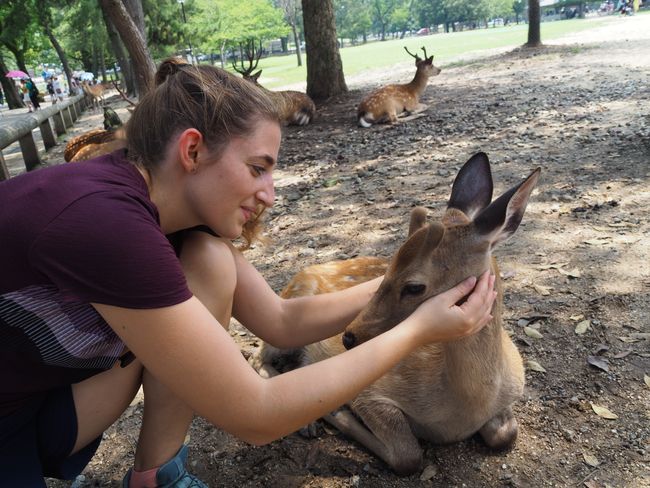
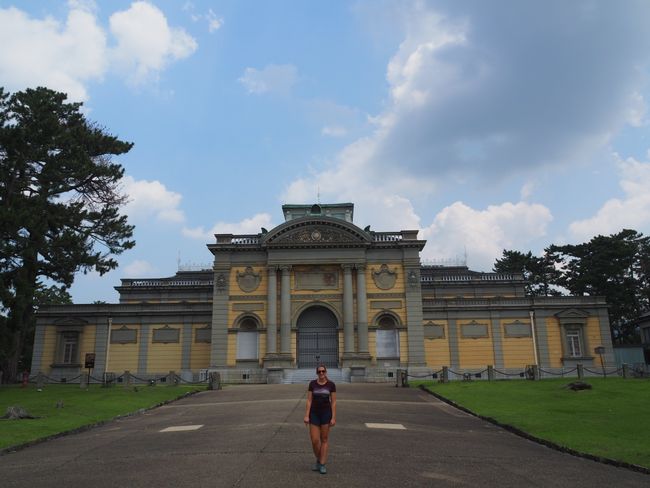
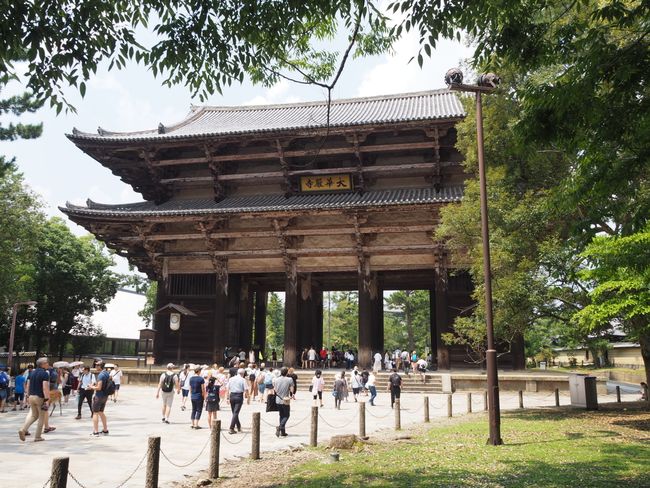
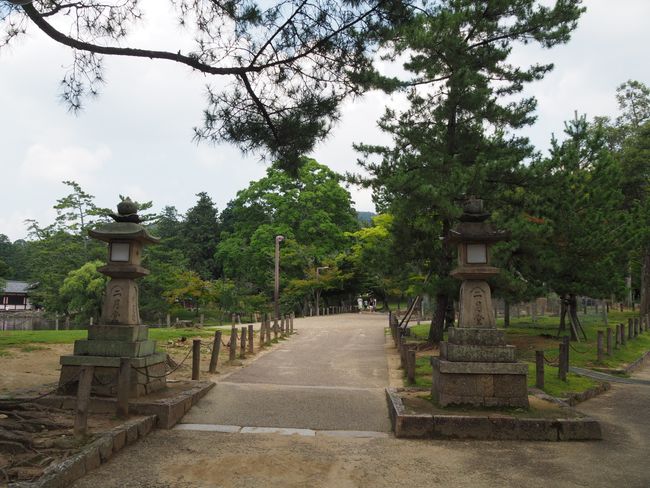
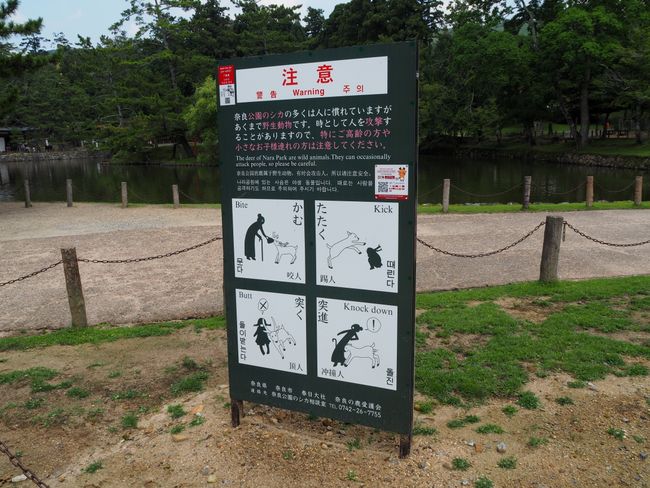
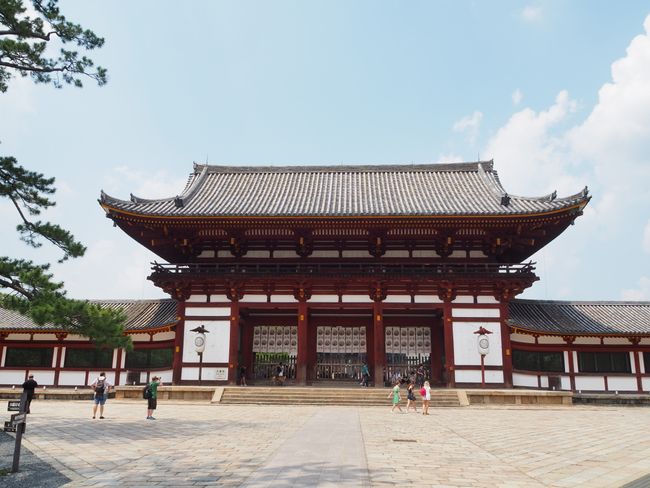
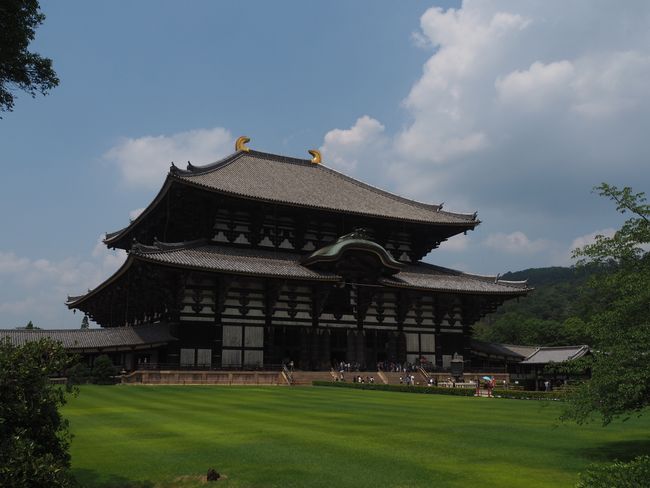
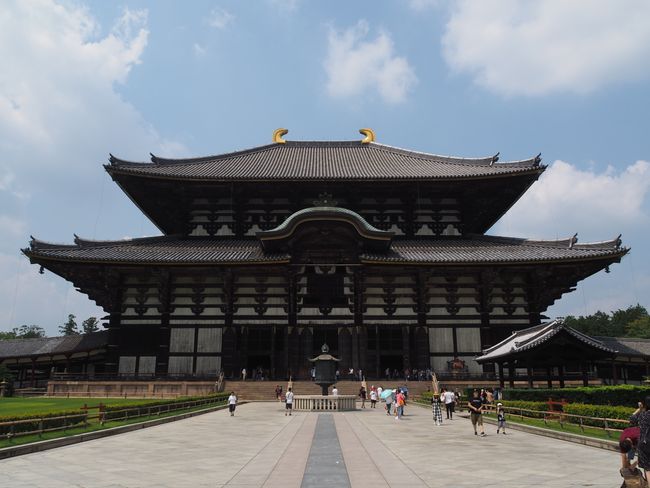
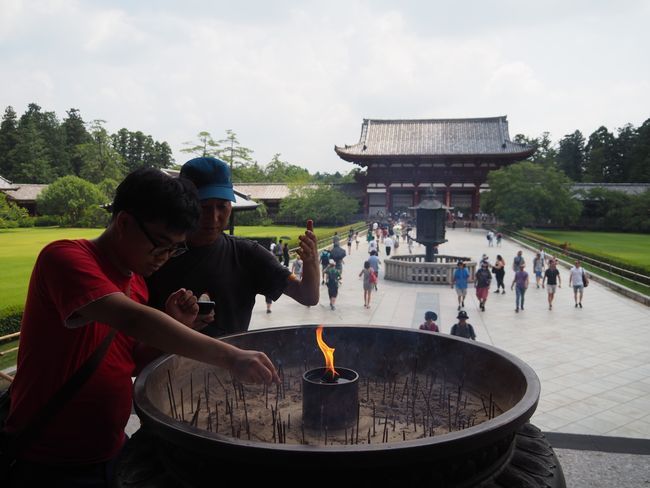
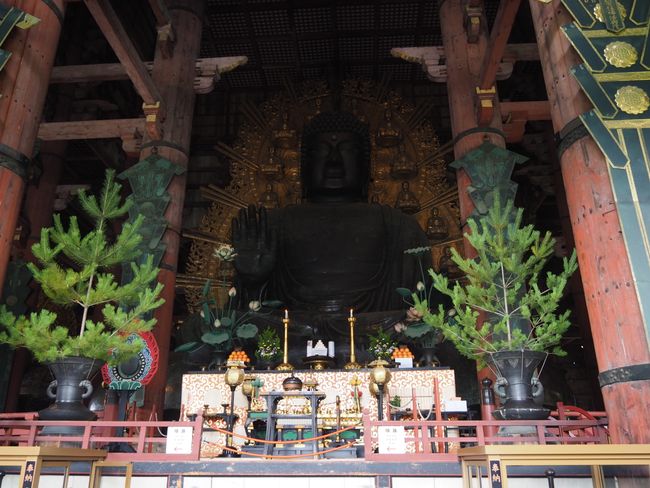
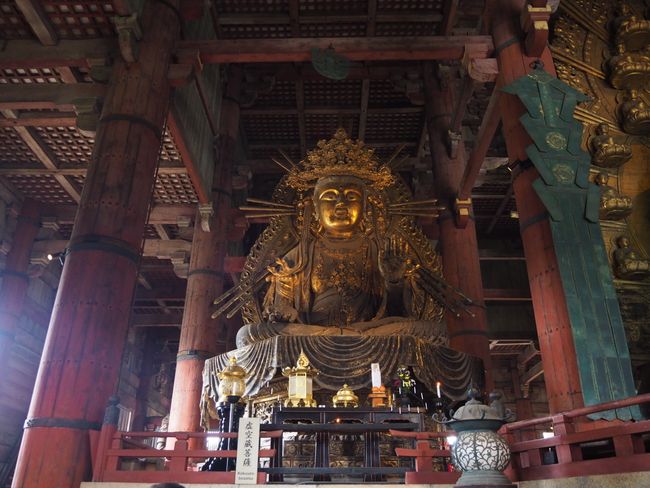
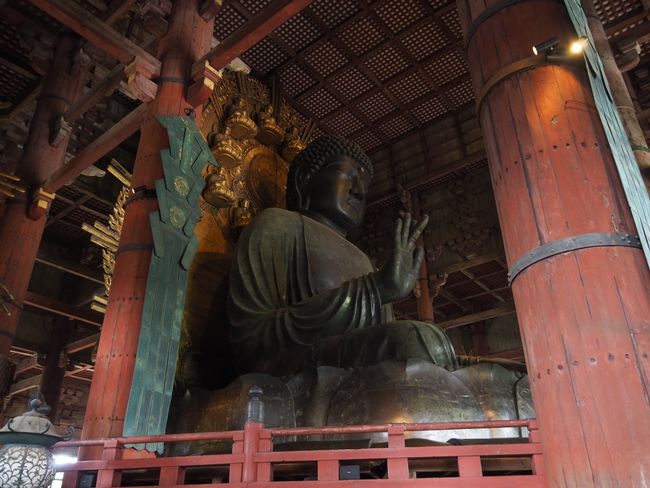
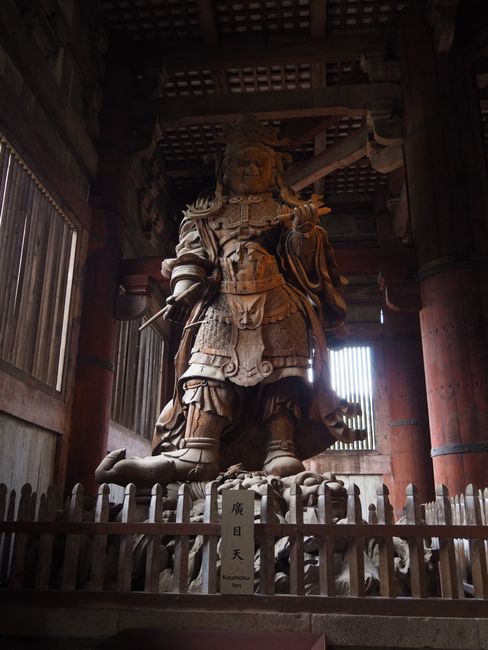
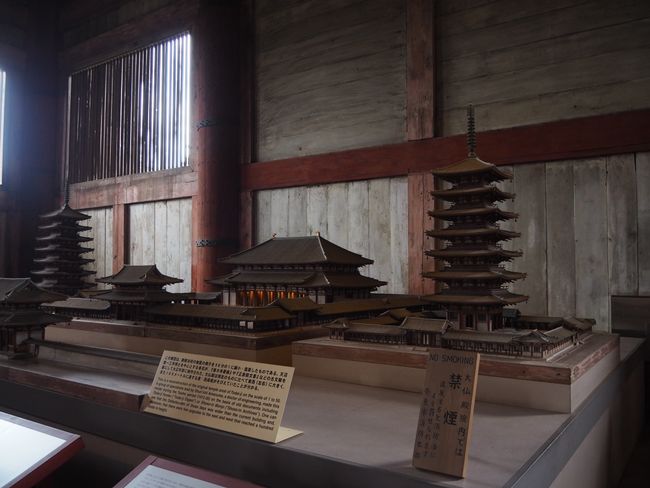
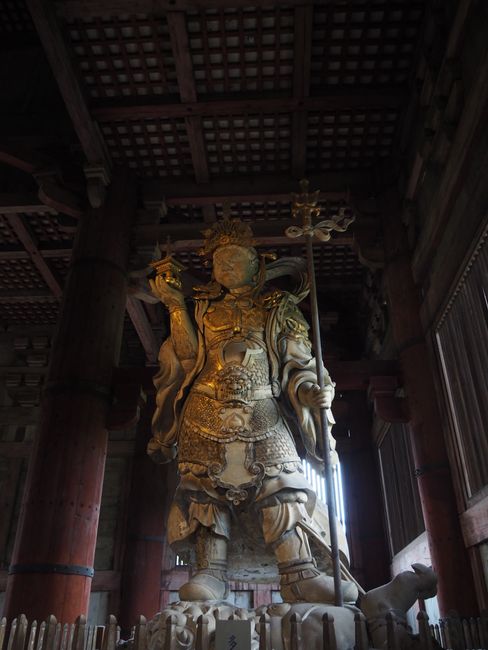
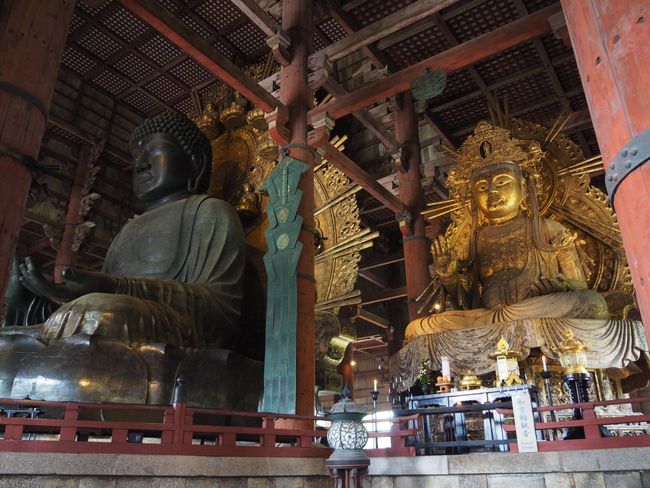
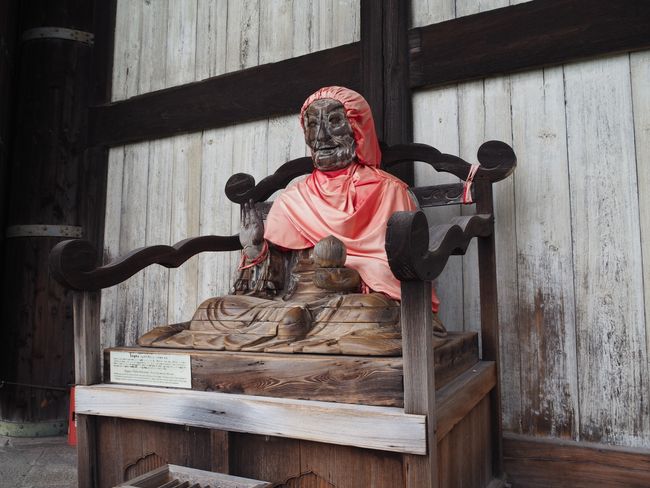
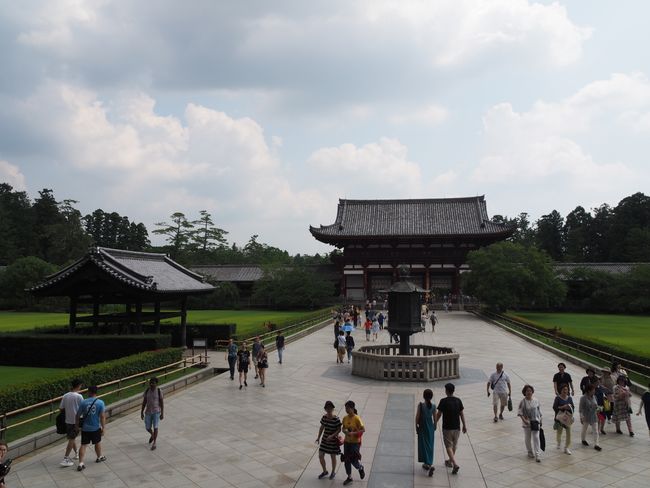
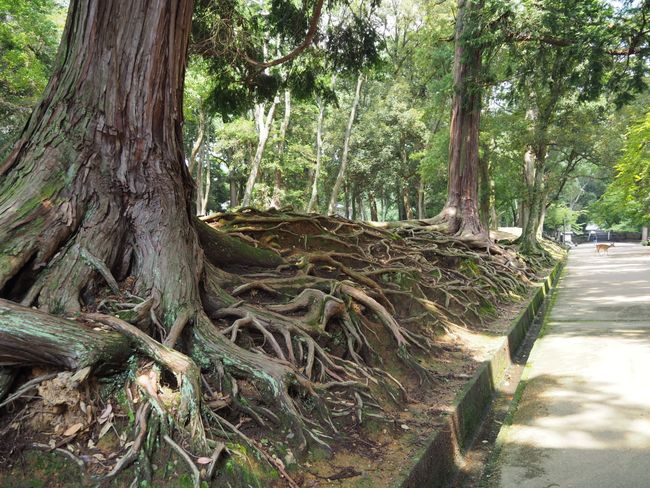
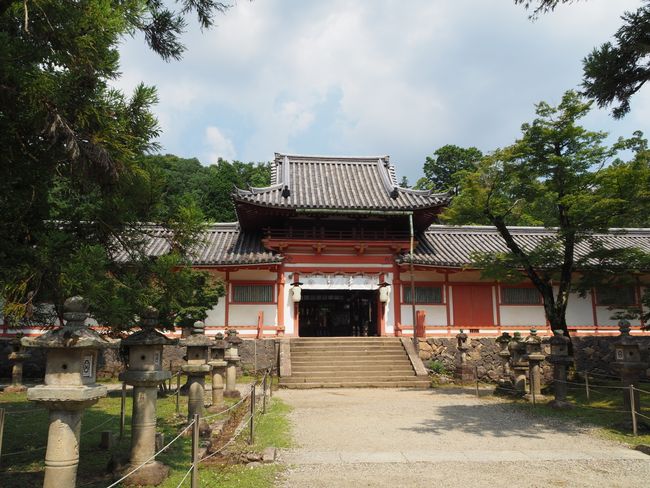
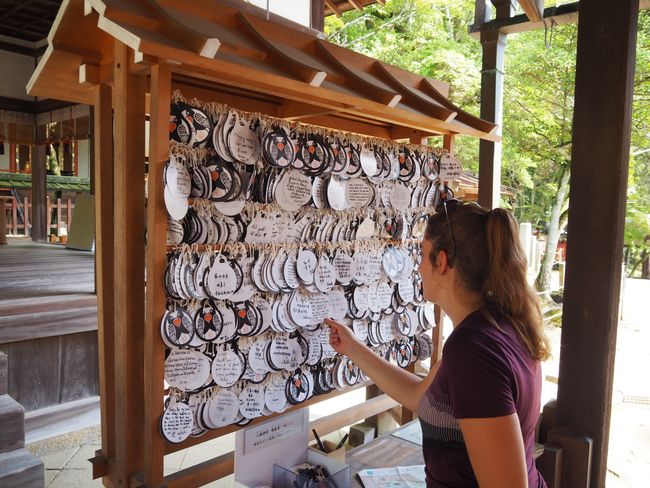
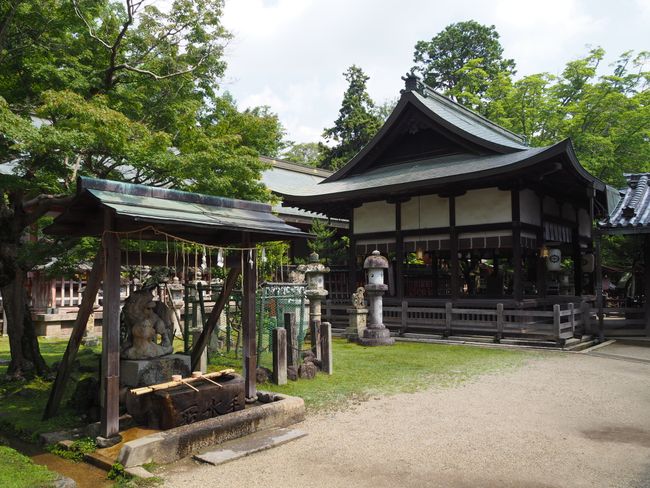
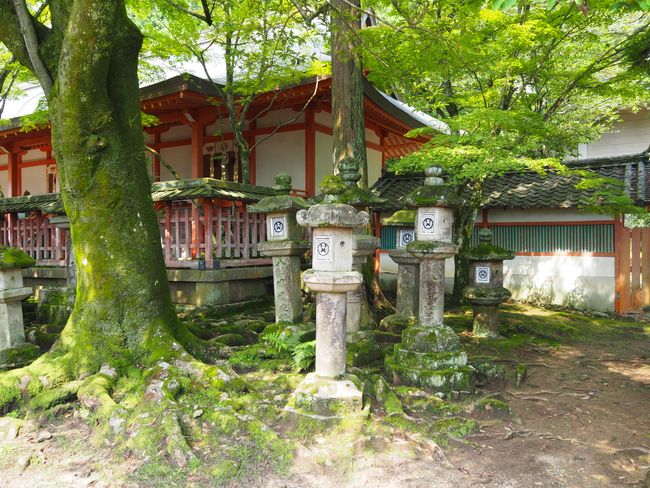
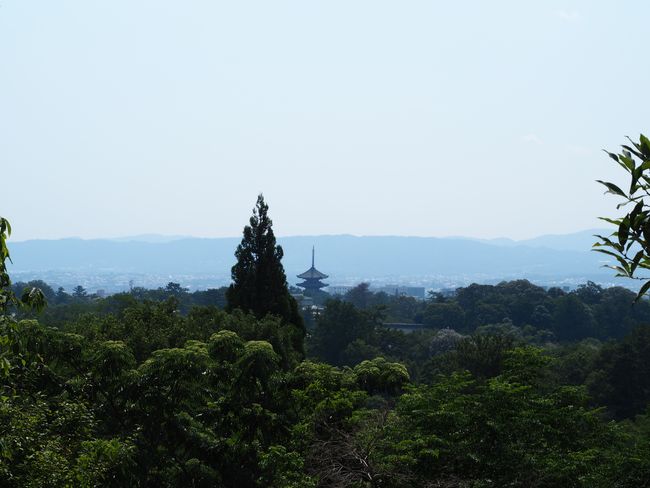
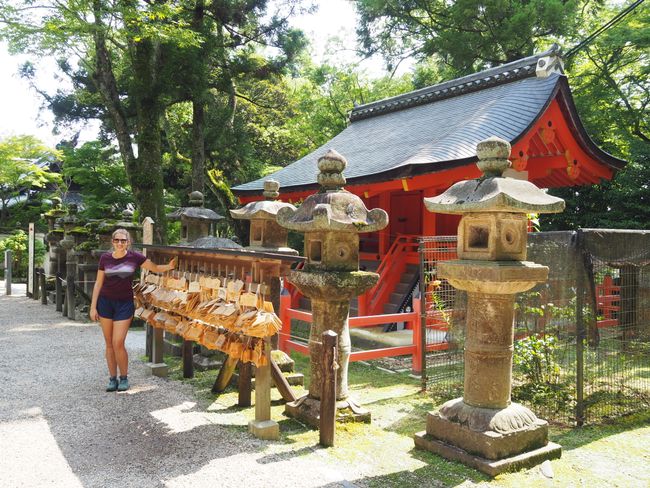

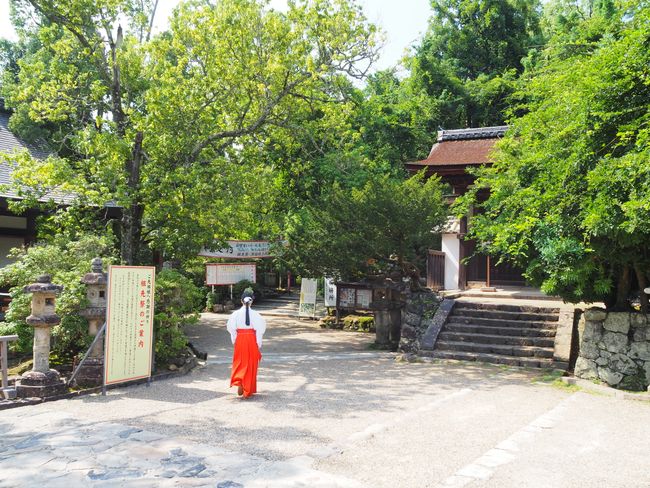
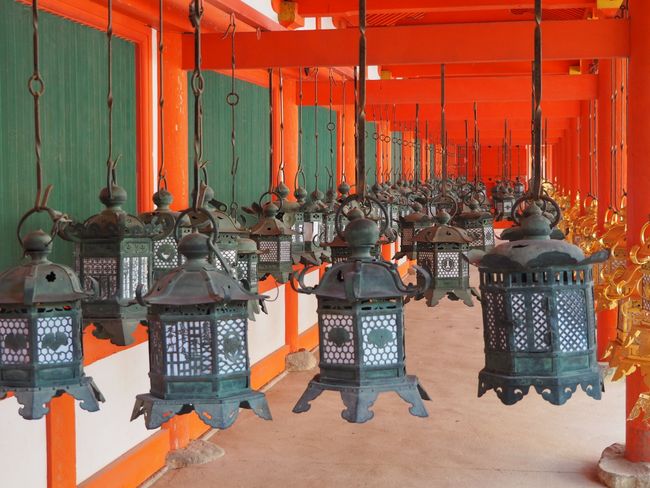
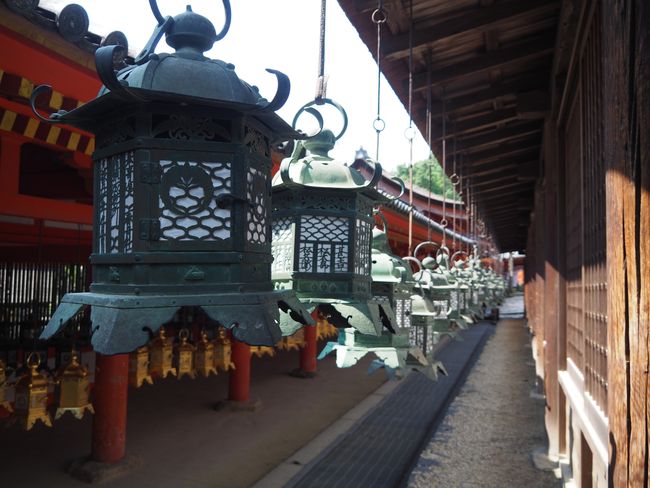
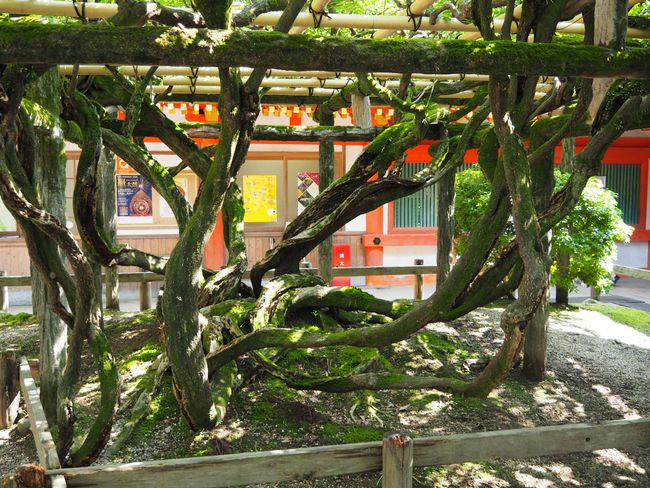
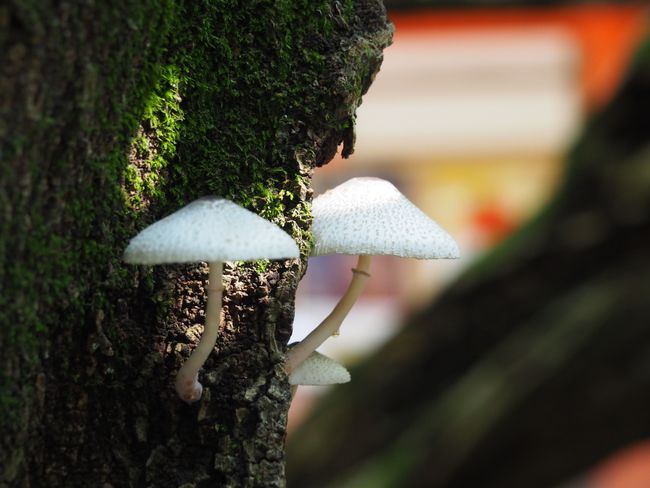
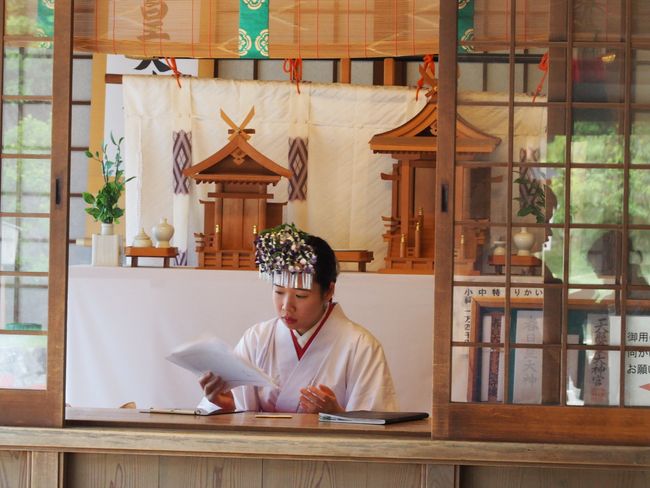
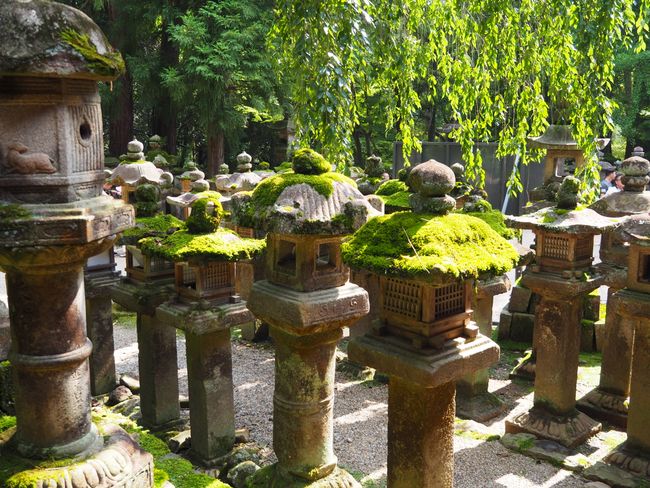
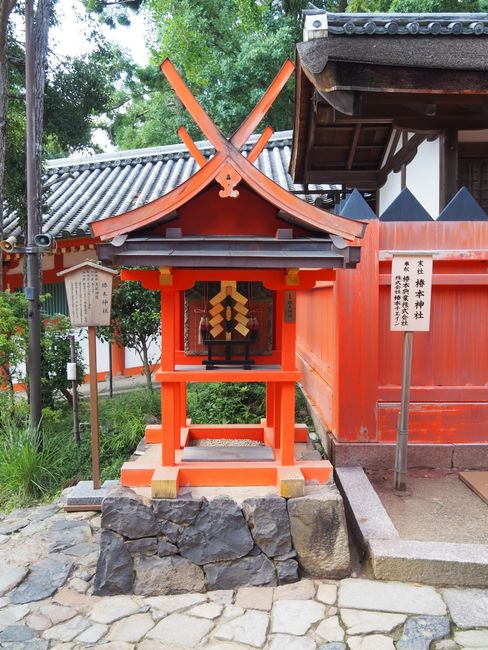
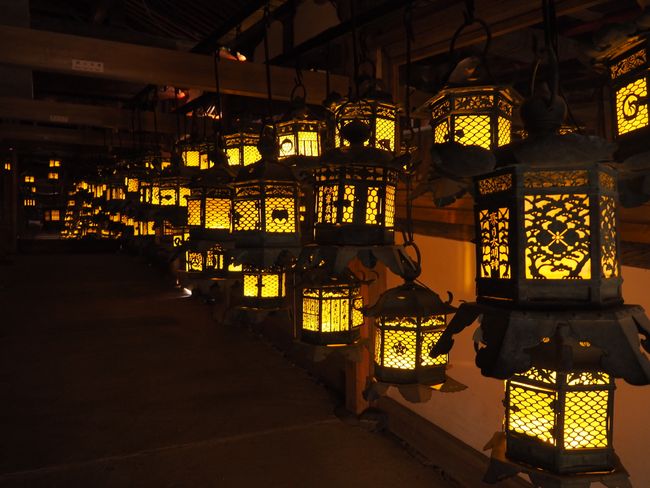
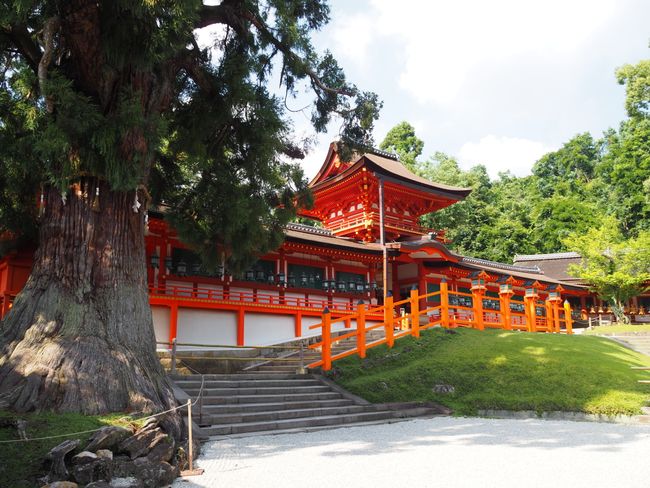
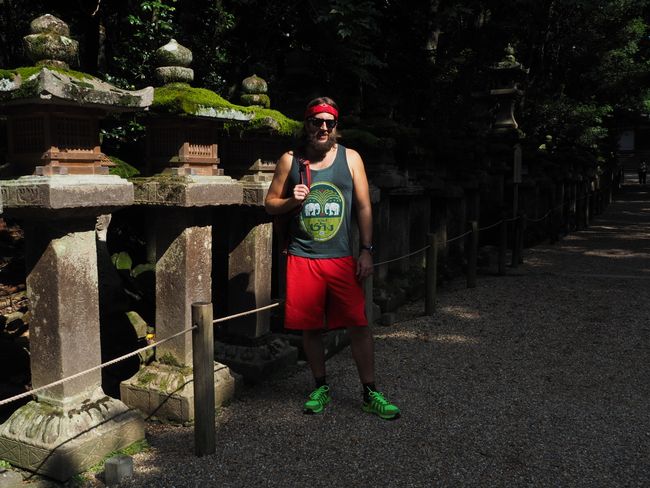
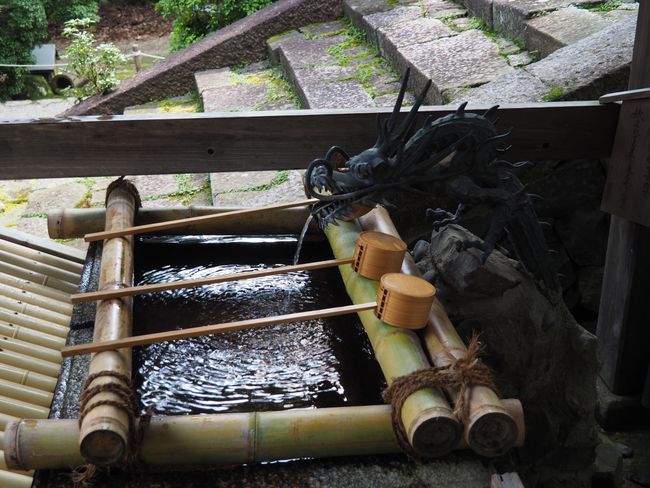
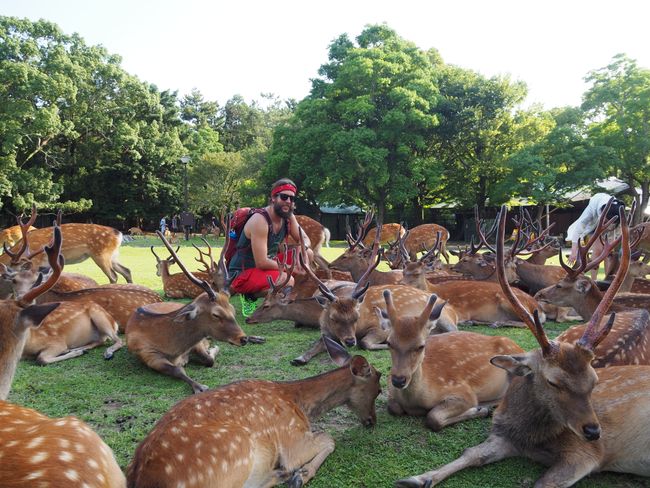
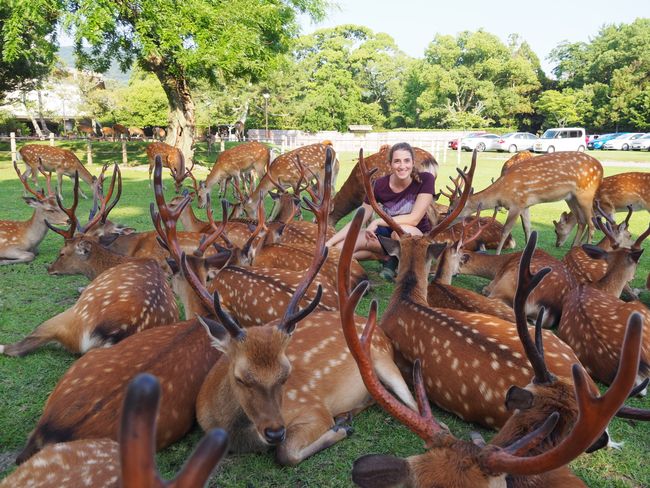
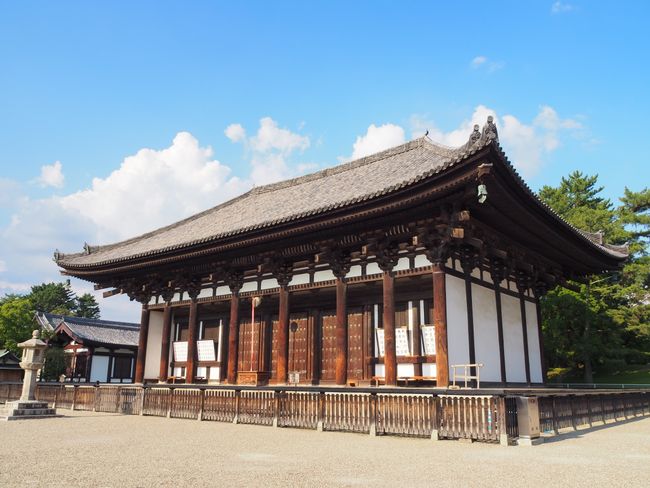
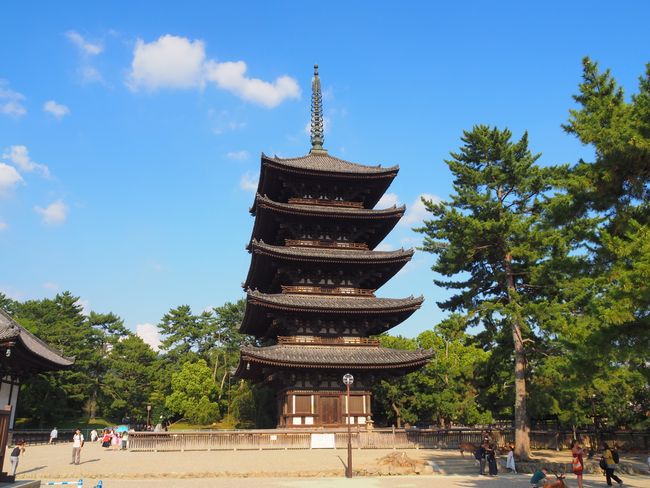
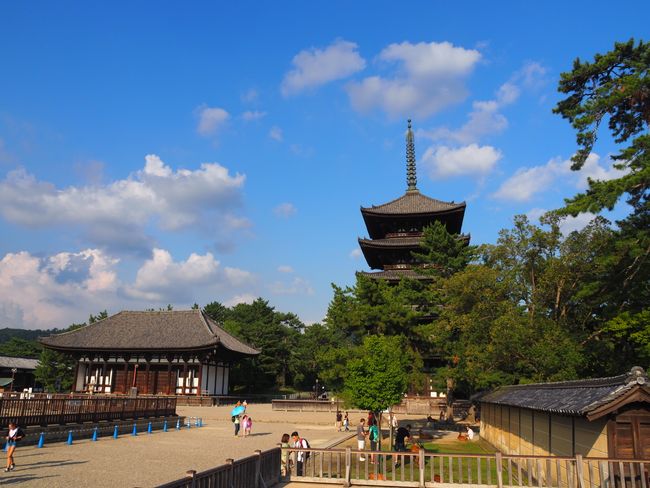
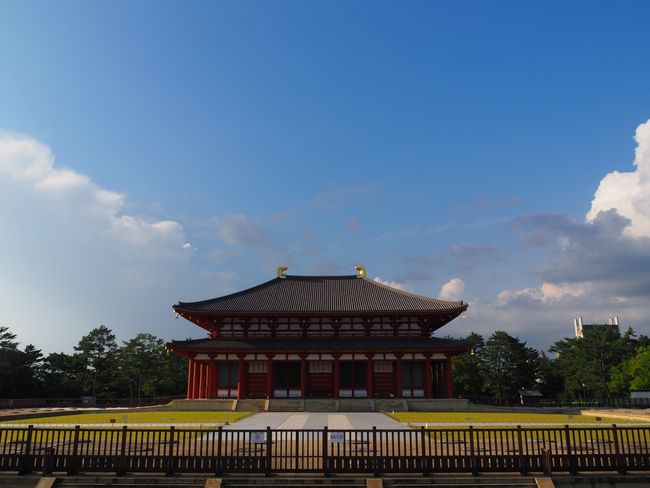
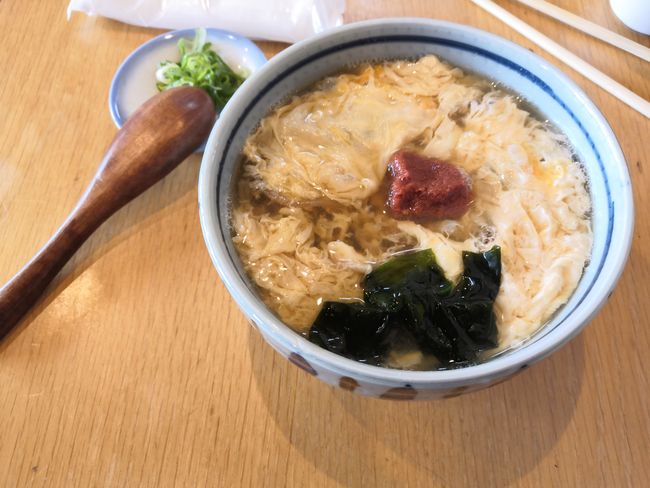
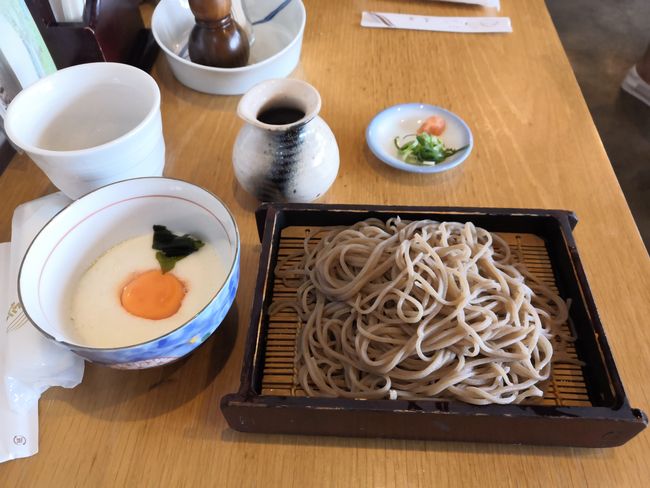
செய்திமடலுக்கு சந்தாதராகவும்
The trip to Nara took less than an hour and cost only CHF 4.00 per way. Even better, the trip started right at our accommodation in Juso.
From 710 to 784, Nara was the capital of Japan. After the capital was moved to Kyoto, Nara lost its significance. What remained were the Buddhist temples and Shinto shrines. Many of the temples, shrines, and ruins in and around Nara are part of the UNESCO World Heritage. In addition to the historical sites, the Sika deer are also among the main attractions.
In the park, there are about 1200 free-roaming deer. The animals are considered divine messengers by the local population. Their significance dates back to an ancient legend from the 8th century. The deer roam freely on the premises and can be fed with special crackers (Shika Senbei). Before the animals devour the snack, they bow politely. If you're not careful, you'll lose your cracker before the obligatory bow. The animals don't have to suffer from hunger at all. Feeding the deer is one of the main attractions of the park. Since some deer had already had enough snacks, we decided not to feed them and instead gave them some pats. We also had a great time watching the Asian city dwellers who had probably never seen an animal in "the wild". They weren't deterred by the smell (emanation of a ram), but they were terribly afraid of the antlers. These are covered with an oily layer and fine hairs. The fur is rather coarse, almost straw-like. As soon as they held the goodies in their hands, they were surrounded by several animals. This led to funny situations. Some jumped over fences, others ran around screaming, and the majority just dropped everything. We stroked the good-natured animals and watched the scene - better than any comedy. :-)
After lunch, we took a walk through the extensive park and visited some of the temples and shrines. We were particularly impressed by the Todaiji Temple. The main hall of the Todaiji, Daibutsuden (Hall of the Great Buddha), is the largest wooden building in the world - even though the reconstruction from 1692 is one-third smaller than the original hall. Inside, there is one of Japan's largest bronze Buddha statues (Daibutsu). The structure is truly enormous. It is one of the most impressive temple complexes we have ever seen. On the way to the Kasuga Taisha Shrine, we visited several other small temples and shrines. We especially enjoyed the nature and the tranquility. Although there were many visitors, they were well spread out in the large park grounds.
Nearly 2,000 stone lanterns lead the way to the Kasuga Taisha Shrine. Inside the shrine complex, around 1,000 bronze lanterns are hanging. The bronze and gold of the lanterns contrast with the orange buildings and the green trees. Truly a magical place. On the tour of the site, there is a darkened room - the light brings out the patterns on the lanterns. None of them looks like the other. They appear to be custom-made. We really like the facility.
Finally, we visit the Kohfukuji Temple. This temple originally dates back to the 7th century. The five-story pagoda was rebuilt in 1426 after being burned down five times before.
Due to the size of the park, it is practically impossible to visit all the temples and shrines in one day. At least not if you want to spend a little more time in one place. We opted for the relaxed option. Sometimes less is more. Nara is a beautiful and peaceful place. We thoroughly enjoyed our day outside the city.
From Osaka, we continue to Kyoto by local train. Here, many more shrines and temple complexes are waiting for us.
செய்திமடலுக்கு சந்தாதராகவும்
பதில்
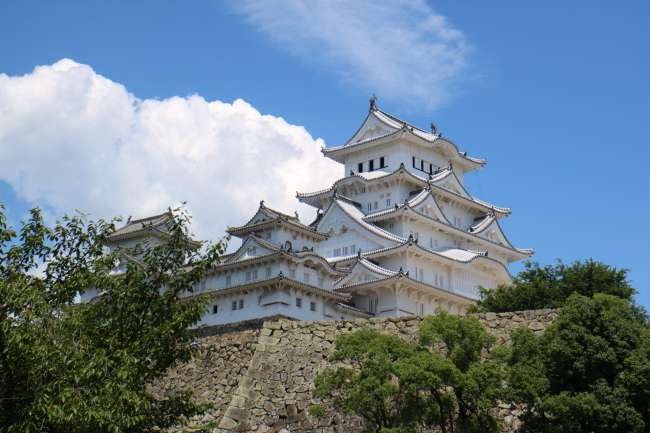
பயண அறிக்கைகள் ஜப்பான்
